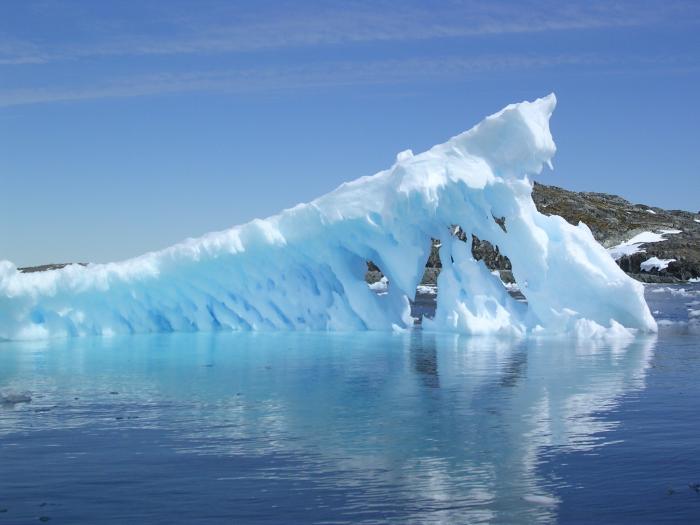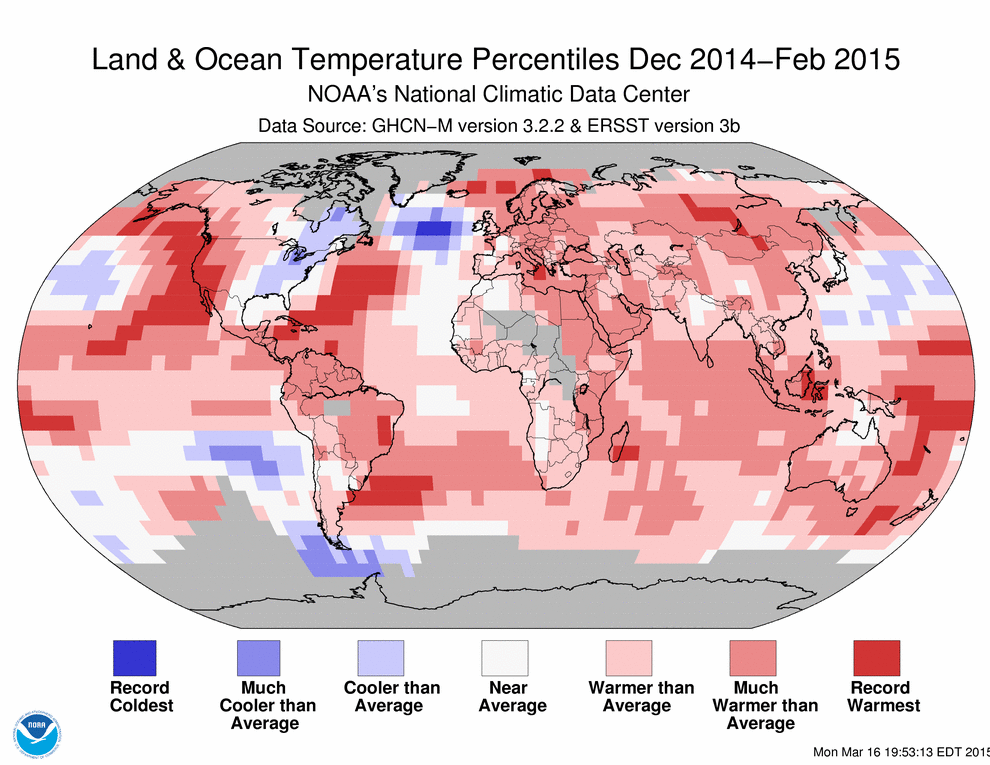Humans have only started to affect Antarctica in the last 100 years due to its isolation and hostile climate. Tourism and fishing are the main threats to the ecosystem and habitat.
The organisation ASOC (Antarctic and Southern Ocean Coalition) has highlighted many issues generated by humans. One of the most important issues is that of contamination. Contamination in the form of oil and metalloid spills (such as zinc and arsenic) are major threats to the habitat of the Antarctic and can be ingested indirectly by animals such as penguins. The spills can also move into the ocean when ice that is contaminated melts.
 Figure 1: These are abandoned fuel drums at the now closed Wilkes Station by the Australian government (source). The remnants of fuel could contaminate nearby water sources.
Figure 1: These are abandoned fuel drums at the now closed Wilkes Station by the Australian government (source). The remnants of fuel could contaminate nearby water sources.
The second issue is the introduction of alien (non-indigenous) species by humans (via ships and marine debris) and is another major concern for the wildlife of Antarctica. An example is that a hoverfly, Eristalis croceimaculata (a pollinating insect), was recorded on South Georgia in the sub-Antarctic, on a dandelion flower.
Seeds have been found on the boots of tourists which could adapt to the harsh climate and reproduce, creating a foothold in the environment and ecosystem. Seeds have also been found to have blown from South America, suggesting a natural element also brings non-indigenous species. However, Professor Chown in a BBC article about invasive species argues that "There is still an element of human agency about these wind blown cases in that the plants can only establish themselves under climatic conditions created largely through humanity's production of greenhouse gases." At present there is no obligation to eradicate invasive species in the Antarctic Treaty which was signed in 1958 and came into force in 1961.
The new species arriving could spread strains of disease that the native wildlife is not resistant to. If the non-indigenous species cause problems such as out competing indigenous species they could become invasive species.
If global warming continues, the Antarctic environment will become more suitable for invasive species which will put the native species and the entire ecosystem at risk.
Seeds have been found on the boots of tourists which could adapt to the harsh climate and reproduce, creating a foothold in the environment and ecosystem. Seeds have also been found to have blown from South America, suggesting a natural element also brings non-indigenous species. However, Professor Chown in a BBC article about invasive species argues that "There is still an element of human agency about these wind blown cases in that the plants can only establish themselves under climatic conditions created largely through humanity's production of greenhouse gases." At present there is no obligation to eradicate invasive species in the Antarctic Treaty which was signed in 1958 and came into force in 1961.
The new species arriving could spread strains of disease that the native wildlife is not resistant to. If the non-indigenous species cause problems such as out competing indigenous species they could become invasive species.
If global warming continues, the Antarctic environment will become more suitable for invasive species which will put the native species and the entire ecosystem at risk.
The third and final main issue is the exploitation of living marine species such as fish and other marine organisms. In the past, the Southern Ocean around Antarctica has been overfished and overexploited to the point where some species such as the marbled rock cod (Notothenia rossii) and mackerel icefish (Champsocephalus gunnari) have been placed by the IUCN (International Union for Conservation of Nature) as endangered species in the Antarctic region.
Birds like the black browed albatross have been caught in the long line fishing where birds have become entangled in the nets used to catch fish. Penguins and seals have also been caught up in nets and have not been able to escape and many have consequently died. In Croxall and Nicol's 2004 article, their opinion is that because the black browed albatross doesn't reach breeding maturity until 10 years old, do not necessarily breed every year, and only produce one fledgling, they are highly susceptible to adult mortality and may not get to the breeding age. In view of the mortality rates from longline fisheries, their decline could be potentially irreversible within two or three decades. I agree with this view and that the style of fishing must be changed to avoid the capture of birds like the albatross. I also feel that the populations of other animals like seals could have irreversible changes (decreasing in numbers) which will put a strain on the Antarctic ecosystem.
This post has focused on the issues that humans have brought to Antarctica and the following post will explain the solutions to tackle these three main problems.

 Figure 2: This map from Paolo, et al. in Science (
Figure 2: This map from Paolo, et al. in Science (


 Figure 1: NADW stands for North Atlantic Deep Water. This is by Stefan Rahmstorf's at the Potsdam Institute for Climate Impact Research (
Figure 1: NADW stands for North Atlantic Deep Water. This is by Stefan Rahmstorf's at the Potsdam Institute for Climate Impact Research (
 Figure 3: This is the temperature change between 1901 and 2000 (
Figure 3: This is the temperature change between 1901 and 2000 ( Figure 1: This image taken from Pistone's 2014 paper illustrates the melting of the Arctic sea ice in picture C between 2007 and 2011 (
Figure 1: This image taken from Pistone's 2014 paper illustrates the melting of the Arctic sea ice in picture C between 2007 and 2011 ( Figure 1: This image is from the National Snow and Ice Data Centre and shows the average amount of sea ice surrounding the polar regions (
Figure 1: This image is from the National Snow and Ice Data Centre and shows the average amount of sea ice surrounding the polar regions (